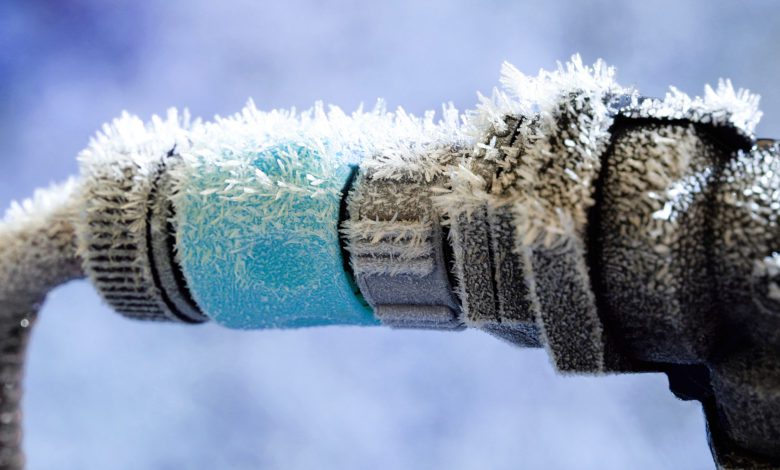
With the winter’s coldest temperatures predicted for the final weeks in January, Central Illinois is about to be shocked with an arctic blast of air.
Spending a few minutes with a checklist that guides you through common cold-weather trouble spots could save you from a costly disaster, accompanied by much inconvenience.
Thermostats and heat settings. Keep in mind, when setting your thermostat, that the system will keep the air temperature at the thermostat’s location at the set temperature. When outside air temperatures dip to super-extreme lows, this means that a water pipe located near an exterior wall with an air leak or with a “cold spot” of missing or disrupted insulation can easily freeze and burst.
Garden hose spigots. Be sure your garden hoses have been disconnected. Outside hose spigots are freezeproof by design, but not if you keep a garden hose connected, as it keeps the water from draining out of the faucet. What’s worse, you may never notice that you’ve burst that pipe until you inflict major damage later, as the spigot may still work in the spring, but you will also be dumping water into your basement or crawlspace.
Utility sinks in garages. Just a brief interval with your overhead door open will drop the garage air temperature tonwell below freezing, even if your garage is insulated. Turn off water supply valves beneath the utility sink, and leave the faucet on/open to allow any water between the supply valves and the faucet to expand if it freezes.
Bathrooms or second floor laundry rooms that are over a garage or unheated space. Water supply lines running through the floor–even when it is packed with insulation–have been known to freeze and burst because of the cold garage air, sending a flood into the garage. Take extra precautions to make sure the unheated area stays as warm as possible. If in doubt, consider running a trickle of hot and cold water during the most extreme overnight temperatures to keep a little water moving through the pipes, which will reduce the possibility of a solid freeze inside the pipes.
Kitchen sinks. The overwhelming majority of kitchen sinks are on exterior walls. Even if the supply lines are not actually in the exterior wall, you may want to leave cabinet doors open to allow warmer heated air from the room to circulate around the water supply lines under the sink. Unless there is a heat source inside the cabinet itself, the air inside a fully enclosed cabinet on an exterior wall could get considerably colder than the rest of the room. Keeping the cabinet doors open, particularly during the most extreme overnight lows, will keep the air in the cabinet around your water supply lines closer to the temperature of the rest of the room.
Thermostat batteries. I just checked a vacant listing where the furnace was working, but the low battery indicator was flashing. When the battery croaks, there’s nothing to tell the furnace to fire up.
Furnace filters. Your furnace will spend much more time than usual running in the extreme cold. If your filter is dirty or clogged, your furnace will run less efficiently, but in addition to the efficiency hit, the constricted airflow may cause your furnace to overheat, causing its high limit switch (a safety feature) to short cycle the furnace–shutting it off before your home’s interior has reached the set temperature.
CO detectors. More furnace run time means more furnace exhaust gas. That means a cracked heat exchanger or any exhaust back-drafting is more likely to create a dangerous CO build-up during the extreme cold. Be sure you have CO detectors properly installed near all sleeping rooms and that batteries are fresh.
Crawlspace vents. Modern practice is not to have crawlspace vents. If your home DOES have openable crawlspace vents, be sure they are closed. If possible, add cut styrene foam fitted snugly into the vent opening to add insulation.
